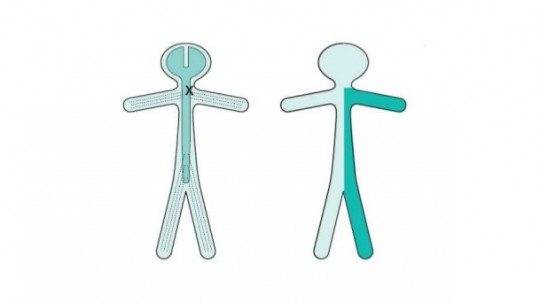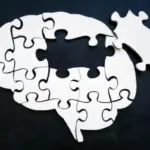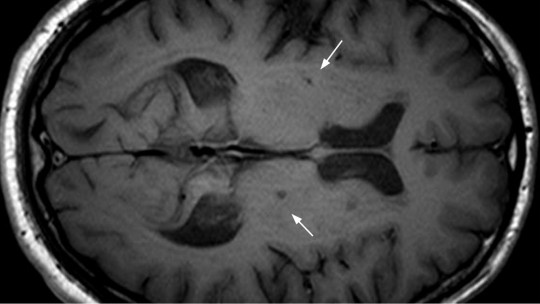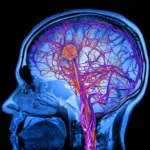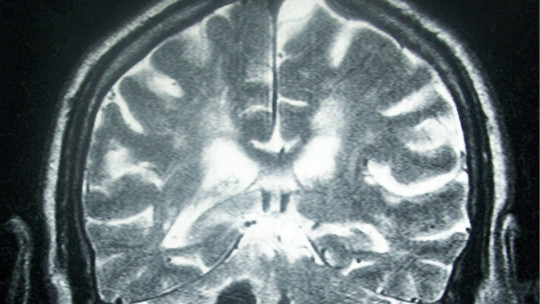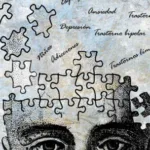“Pedro suffered a stroke a month ago. Due to this cardiovascular accident, he suffered hemiplegia that left the left side of his body paralyzed, unable to move his limbs. During a scheduled visit to his doctor, he performs a complete examination, and it becomes clear that Pedro still cannot move his left arm and leg. However, Pedro indicates that he does not have any physical problem and that he moves normally, indicating with total conviction that in fact during the examination he has been doing all the movements that have been indicated to him correctly.
This case reflects that Pedro has the belief that his arm is moving normally, there being a clear difference between what he believes it is doing and his actual performance. We are facing a case of a phenomenon known as anosognosia.
What is anosognosia?
By anosognosia we understand a special subtype of agnosia, in which the patient is unable to recognize the existence of a deficit in functioning even though it may be evident to others. It is a lack of awareness of the disease limited to the recognition of one’s own deficit, and the same individual may be able to detect the same problem in other people.
Anosognosia is not a disorder in itself, but is classified as a symptom, since It only appears associated with the existence of a disorder and informs us of its existence.
Although the study of anosognosia in the treatment of hemiplegia is very common, anosognosia is not limited solely to this disorder, but can come from a large number of brain lesions that do not have to be associated solely with the problem at hand. motor system, but also the perceptual system (its presence is typically observed in patients with cortical blindness) or other disorders, including psychiatric ones.
Detect anosognosia
In order to diagnose anosognosia, it is necessary, in addition to the presence of ignorance of the deficit, that it be denied by the patient, the fact that the deficit is evident in a neuropsychological evaluation, that it is recognized by family and friends and that it represents a clinically significant interference in the patient’s life.
When evaluating this phenomenon, it must be taken into account that it is necessary to distinguish when the patient really presents anosognosia and when he is denying his problems as a coping strategy in the face of his loss. Despite this complication, Some specific assessment instruments have been created to evaluate anosognosia. in which the ability and difficulty to carry out specific tasks is asked to be assessed.
Anosognosia is not an all or nothing phenomenon, and cases can be observed in which the disorder is not recognized at any time but also others in which patients recognize the existence of a problem after the existence of deficits is demonstrated to them.
Why does it occur? Possible causes
Since this phenomenon was called anosognosia by Babinski in 1914, An attempt has been made to explain why this symptom occurs. there being multiple theories about it. The explanatory proposals are varied, focusing on the existence of neurological or neuropsychological problems.
An example of this is the theory called Dissociable Interactions and Conscious Experience by Schachteraccording to which there is an interaction between the systems in charge of conscious experience and those of the systems in charge of the deficient function, which in the event of an injury or malfunction would stop integrating the information correctly, producing a conscious experience of performance or functionality. when this does not occur from the affected system.
Despite these generalities, The specific cause of anosognosia will depend on the type and location of the lesion. and the problem that causes it.
Some pictures in which it occurs
As already mentioned, anosognosia is a symptom present in many different problems. Some of them are the following:
1. Hemiplegia
One of the disorders where its appearance is most common. In these cases, the patient usually believes that he is performing movements that he is not actually performing, and in fact he has the conscious experience of performing them.
2. Cortical blindness
Many patients who have destroyed the occipital area of the brain or the connections between it and the visual pathways (which prevents visual perception), insist that they are able to see normally, making exhaustive descriptions of what they believe they see. Also in these cases anosognosia occurs.
3. Lateral hemineglect
In this disorder, Although the subject perceives the entire perceptual field, he or she neglects or does not attend to one of the visual hemifields. not paying attention to the part opposite to the hemisphere in which the injury is suffered. It is clearly visible when he is asked to make copies of drawings: in these cases he only draws one of the halves and “forgets” to fill in the other part located on the other side of an imaginary vertical line. In this context, it is common for the patient to be unaware of their problem, presenting anosognosia.
4. Dementia
Although in the initial moments of dementia the patient is usually aware of the presence of their various problems, This knowledge does not occur in all cases or in all dementias. Furthermore, as the disease progresses and the degenerative process continues, the individual tends to stop being aware of them.
5. Schizophrenia
In some subtypes of schizophrenia, such as disorganized and catatonic, and especially during the acute phases of the disorder, it is common for the patient not to perceive the presence of their own difficulties, such as in the case of the use of disorganized language. , tangential, derailed or incoherent.
Others
Apart from those presented here, there is a very high number of both mental and neurological disorders that present anosognosia, being an important symptom to take into account when treating various problems.
Effects of this symptom
It must be taken into account that the presence of this problem can entail serious dangers.
The presence of anosognosia represents a difficulty when following treatment or carrying out rehabilitation of the disorder that causes it. It must be taken into account that for a patient to be involved in his recovery it is necessary for him to be motivated to do so, which is difficult if he is not aware of the presence of symptoms. Thus, patients with anosognosia often underestimate or even deny the need for treatment, making it difficult for them to adhere to established prescriptions.
Besides, Lack of knowledge of the problem can lead the subject to perform actions that may endanger their integrity. and/or that of third parties. An example of this could be an individual with lateral hemineglect (subjects who only attend to one hemifield, being unable to see the left or right side of things for example) or with cortical blindness who truly believes that they have preserved and functional abilities, who decides take the car and drive.
Treatment of anosognosia
The treatment of anosognosia itself is complex. In general, the symptom improves with treatment of the underlying cause of its appearance, be it a mental or neurological disorder. However, at a clinical level, confrontation strategies are used.
In this sense, the confrontation with the existence of deficits must be progressive, gradually introducing the idea of their existence. It is important not only to highlight the presence of deficits, but also the difficulties they imply in daily life.


